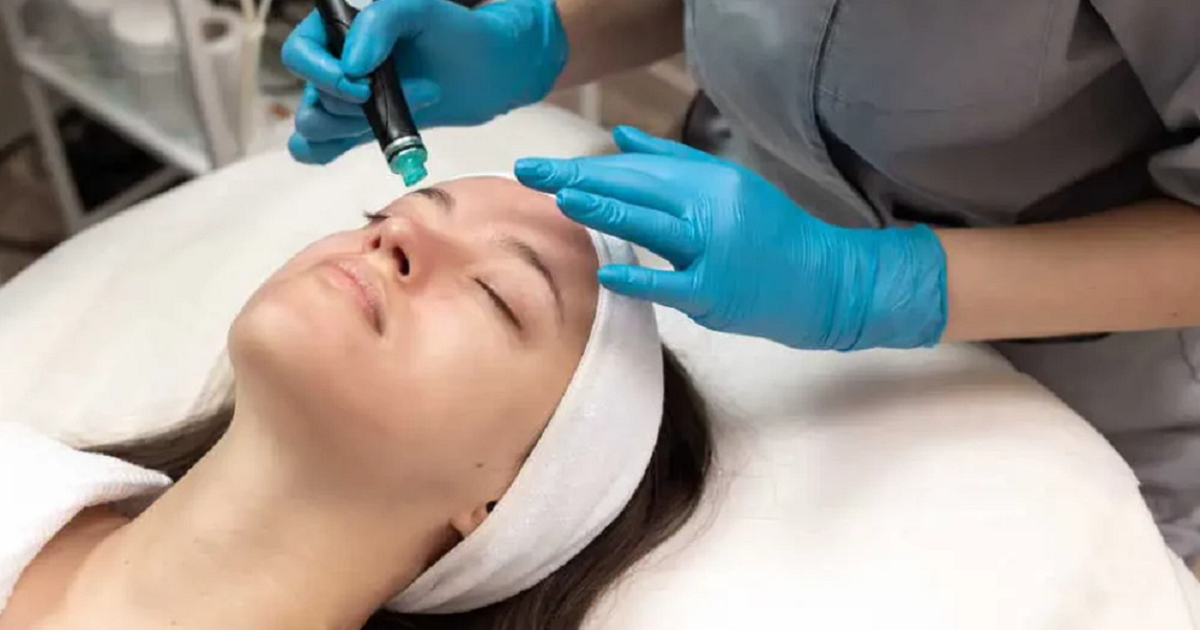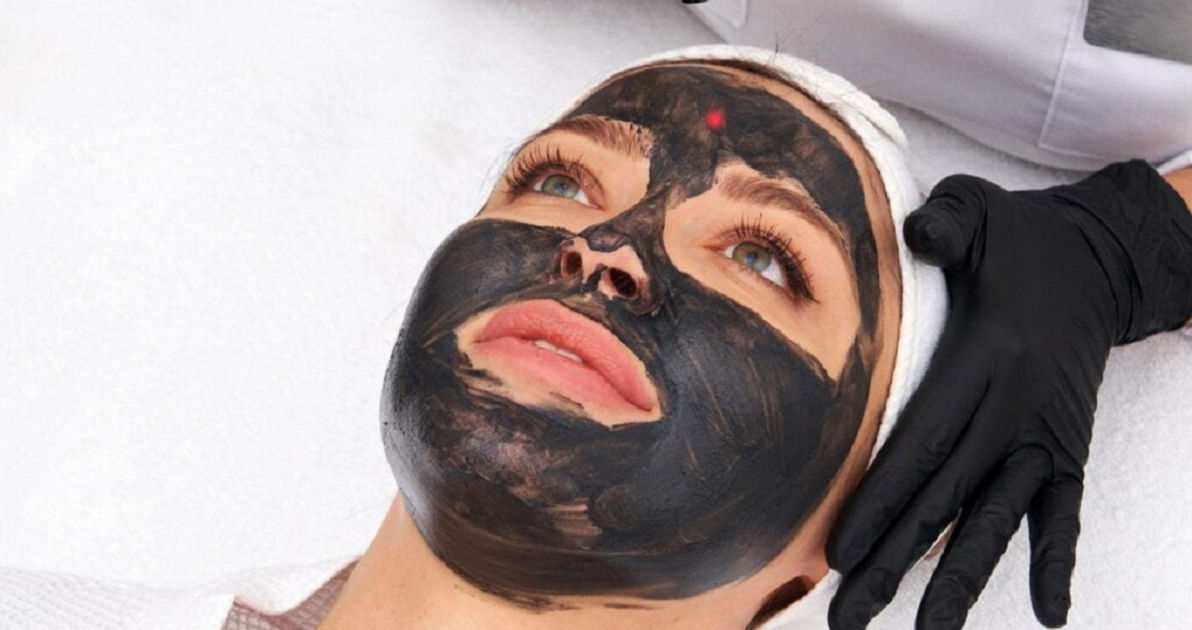Surgical excision is one of the most common and successful procedures used to remove unwanted skin lesions such as moles and cysts. This method involves cutting out the wound along with a margin of healthy tissue to ensure complete removal and prevent it from occurring again. Surgical excision is undoubtedly an effective solution for both cosmetic and health-related concerns, with minimal downtime when done under the supervision of an experienced and skilled dermatologist like Dr. Afsheen Bilal.
What is Surgical Excision?
In medical terms, Excision means “to surgically remove.”. This term is used for the removal of any type of growth, tissue, or bone using a scalpel, laser, or different cutting tools. The procedure of surgical excision for moles, cysts or other abnormal growth is performed under local anaesthesia to lessen the pain or discomfort. It is often used when lesions are infectious and cause cosmetic or functional problems.

Why is Surgical Excision Done?
Surgical excision is performed for different reasons, such as:
- Diagnostic Purposes: The affected tissue sample is sent to the laboratory for biopsy to diagnose active skin cancers or other serious conditions.
- Cosmetic Reasons: To remove moles or cysts that look unpleasant and people find them irritated.
- Functional Reasons: To remove lesions that cause discomfort, annoyance, or stand in the way of your confidence with daily activities.
- Preventive Measures: Certain moles that are irregular, with discoloration and bleeding etc. should be removed to prevent a high risk of becoming cancerous in the future.
Ideal Candidates for Surgical Excision
Ideal candidates for surgical excision are considered those individuals who have doubtful moles or cysts that need a biopsy. Surgical excision of moles and cysts is also effective for people who experience discomfort or annoyance from skin lesions and are looking for cosmetic improvement to get rid of these unpleasant moles and cysts to regain their lost confidence and self-esteem. However, it is important to keep realistic expectations about the results and potential scarring.
Benefits of Surgical Excision
Surgical excision offers numerous benefits such as:
- It is a perfect, accurate and effective method for removing abnormal tissues, organs, moles, cysts etc.
- It ensures the full excision of the lesion, minimizing the risk of their rebirth.
- It can help stop the spread of cancerous and precancerous cells by removing the moles.
- It is less invasive with a short recovery time.
- It enhances your overall appearance by removing unwanted, irritating lesions.
- It reduces the risk of skin cancer by removing malignant lesions.
Mole surgical excision is considered safe with thousands of procedures performed in Pakistan for both medical and aesthetic purposes.
What are Moles and Cysts?
- Moles: Moles are a group of gentle pigmented spots or patches, either flat or raised above the skin surface, that appear from tan, brown, and black to red, pink, or purple colour. They can vary in size and shape. Though most of them are harmless, they may turn into cancer.
- Cysts: A cyst is a sac-like pocket of tissue that can develop anywhere in the body. It is filled with fluid, pus, or other material. Mostly, they are benign but can cause discomfort or cosmetic concerns based on their size and location. They may develop due to infections or clogged sebaceous glands.
Surgical Excision Procedure for Moles and Cysts
- Consultation: The procedure starts with a complete consultation to assess the lesion and discuss the patient’s issues and medical history.
- Preparation: The provider cleanses the area around the lesion and numbs it with a local anaesthetic.
- Excision: The surgeon carefully removes the lesion using a scalpel, along with a line of healthy tissue.
- Closure: The provider will close the wound with sutures, and a sterile dressing will be applied.
- Post-Procedure Care: Instructions are provided for wound care after the treatment and follow-up appointments are scheduled.
Complications of Surgical Excision
Surgical excision is considered safe, some visible complications may include:
- Infection: Proper wound care is very important to prevent infection.
- Scarring: Some level of scarring is unavoidable, but it can be minimized with proper technique and care after the treatment.
- Bleeding: Minor bleeding or swelling at the affected place.
- Recurrence: There is a little risk that the lesion will return if not completely removed.
Why Choose Dr. Afsheen Bilal for Surgical Excision in Islamabad?
Dr. Afsheen Bilal is one of the best dermatologists in Islamabad with a high patient satisfaction rate. Dr. Afsheen is a board-certified dermatologist with years of experience in performing surgical excisions to treat all types of warts, cysts and moles. Her expertise guarantees precise and safe removal of lesions, minimal scarring, and excellent aesthetic results.
Book Your Consultation Now
If you are concerned about a possible skin condition such as moles, cysts or other skin lesions that need removal, our team at ARB Clinic can help you immediately. If you have any further questions, schedule your consultation with Dr. Afsheen Bilal in Islamabad today.
—————————————————————————————————————————————–
Frequently Asked Questions (FAQs)
Is Surgical Excision Painful?
Surgical excision is performed after giving local anesthesia, which numbs the area and you should not feel pain during the procedure. A mild discomfort may be experienced after the procedure that can be managed with pain relievers.
Can Surgical Excision Procedure Result in Scarring?
Scarring is a significant side effect of mole removal, but an experienced and skilled dermatologist like Dr. Afsheen Bilal can minimize the risk of scarring. In many cases, scarring will fade over time by following proper wound care instructions during the healing process.
What is the Difference Between Excision and Removal?
Surgical excision involves the removal of the lesion along with some surrounding tissue. whereas removal is a less invasive method, such as shaving or laser treatment, where cutting is not necessarily involved.
What is the Difference Between Shave Excision and Surgical Excision?
Shave excision is ideal for superficial moles because it removes the lesion at the skin’s surface. Hence, you will experience minimal scarring with faster recovery. No sutures are needed in this treatment. Whereas, Surgical excision is good for deeper lesions. It cuts out the lesion with some surrounding tissue. It requires sutures and may leave a visible scar.
How Long Does it Take to Heal After Surgical Excision Procedure?
Healing time depends on the size and location of the excision. Most patients recover within 1 to 2 weeks.
When Can I Expect the Results?
You will see immediate results in terms of lesion removal, but the final appearance of the scar may take several months to fully mature.
How Much Does Surgical Excision Cost in Pakistan?
The cost of surgical excision varies from person to person, depending on the size and the nature of the lesion, the location of the clinic, and the dermatologist. You are advised to consult the ARB clinic to get an accurate estimate based on the patient’s needs.










